10 Smart Ways to Cut Costs on Custom Book Printing and Binding
 Apr 14,2025
Apr 14,2025

 SESE
SESE
10 Smart Ways to Cut Costs on Custom Book Printing and Binding
Custom book printing allows authors, businesses, and creatives to bring their unique visions to life. But when it comes to managing your printing budget, strategic choices can make a big difference. Whether you're printing novels, planners, children's books, or coffee table editions, here are 10 smart ways to cut costs on custom book printing and binding—without compromising on quality.
1. Choose Digital Printing for Small Quantities
If you’re producing a limited run of books, digital printing is your best friend. Unlike offset printing, digital printing doesn’t require plates, making it more economical for small orders. This method is ideal for testing the market with a prototype, printing samples, or producing small batches of personalized books.
2. Use Standard Printing Sizes
Custom sizes may look unique, but they often lead to higher paper waste and extra cutting costs. Choosing standard sizes such as A5, 6" x 9", or 8.5" x 11" maximizes material usage and speeds up production. Sticking to standard dimensions ensures better compatibility with printers, binders, and shipping carriers—saving you money across the board.
3. Select Printing Paper Wisely
Paper choice significantly affects cost. Heavier or premium-textured papers add bulk and expense. For most books, standard matte or glossy coated paper works beautifully and keeps prices in check. Assess your project needs—don’t over-specify unless the content demands luxury.
4. Opt for Black and White Printing
Full-color printing is vibrant but costly. If your content is text-heavy, such as a novel or journal, black and white printing is the way to go. Even children's books or manuals can reduce costs by limiting color pages to only the necessary sections.
5. Print in Bulk
The more you print, the less you pay per unit. Offset printing becomes more cost-effective at higher volumes due to economies of scale. If you have confidence in your sales or need the books long-term, consider mass printing to save significantly on each copy.
6. Limit Extra Printing Processes
Fancy finishes like foil stamping, embossing, UV coating, and die-cutting elevate the look but also raise costs. Use these selectively—for example, just on the cover or for limited editions—to maintain a professional appearance without going over budget.
7. Reduce Use of Attachments
Bookmarks, envelopes, stickers, or inserts are great add-ons but come at a price. Only include them when they add substantial value to your product. Eliminating or reducing these extras can drastically cut printing and packaging costs.
8. Choose Cost-Effective Binding
|
|
|
|
|
Perfect Binding |
Saddle Stitching Binding |
Hardcover Binding |
Spiral Binding |





 Home
Home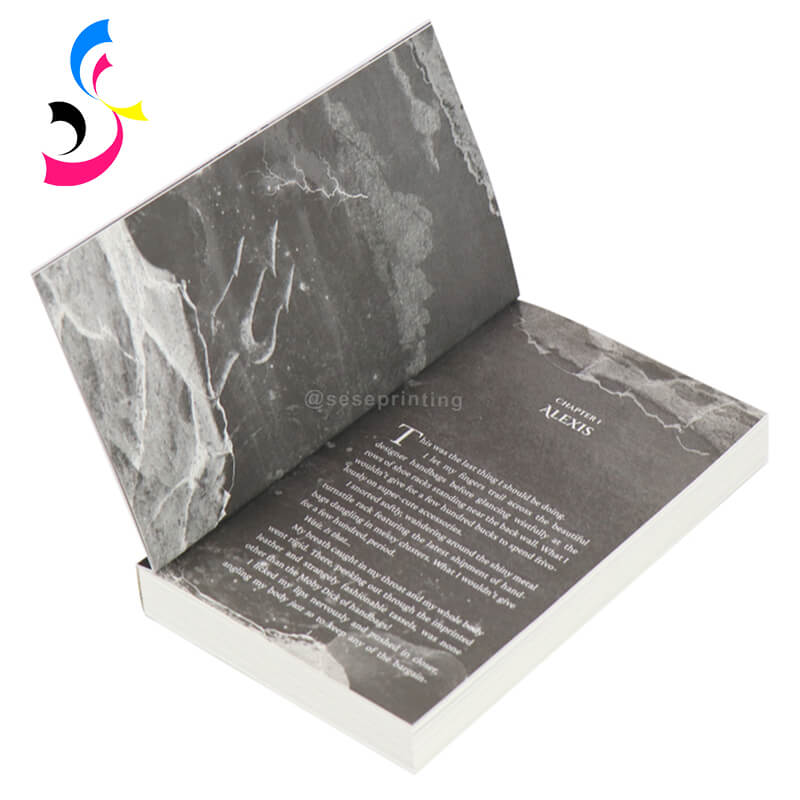
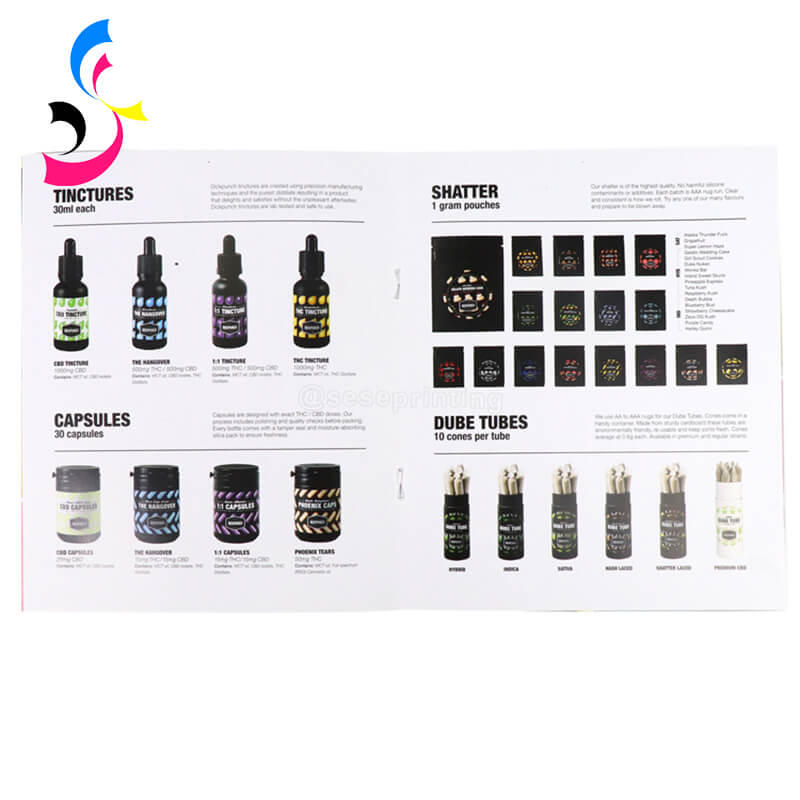
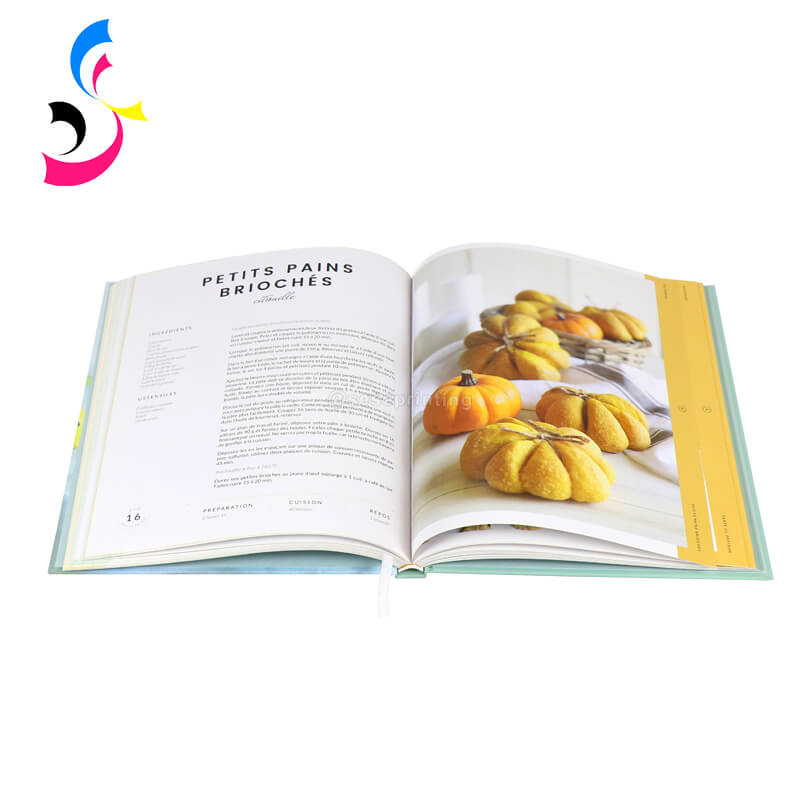
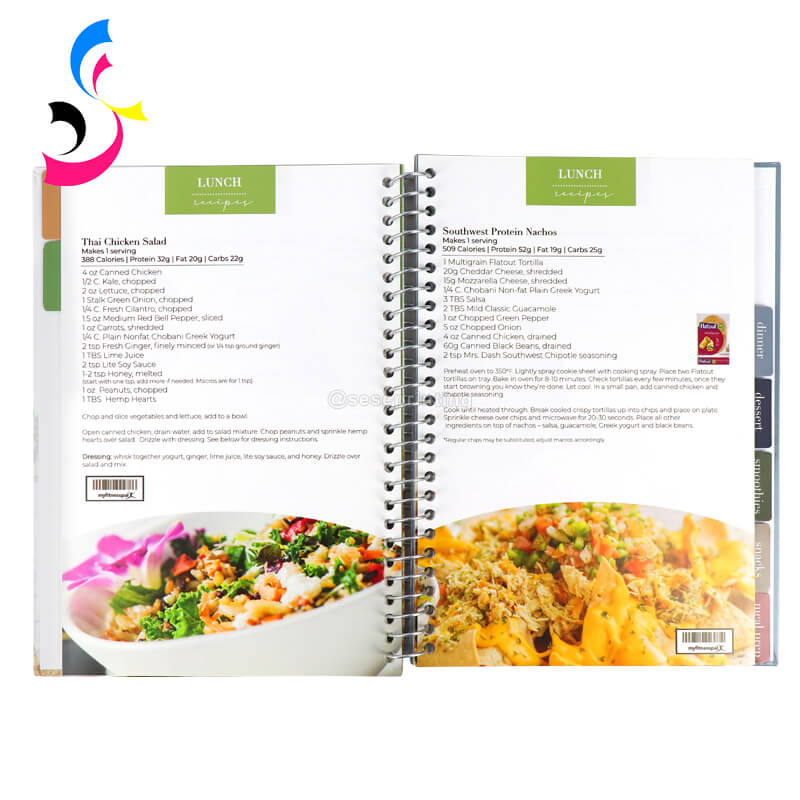
 How Can I Print My Book
How Can I Print My Book  You May Also Like
You May Also Like
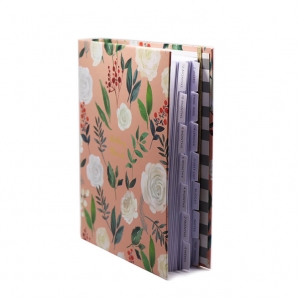

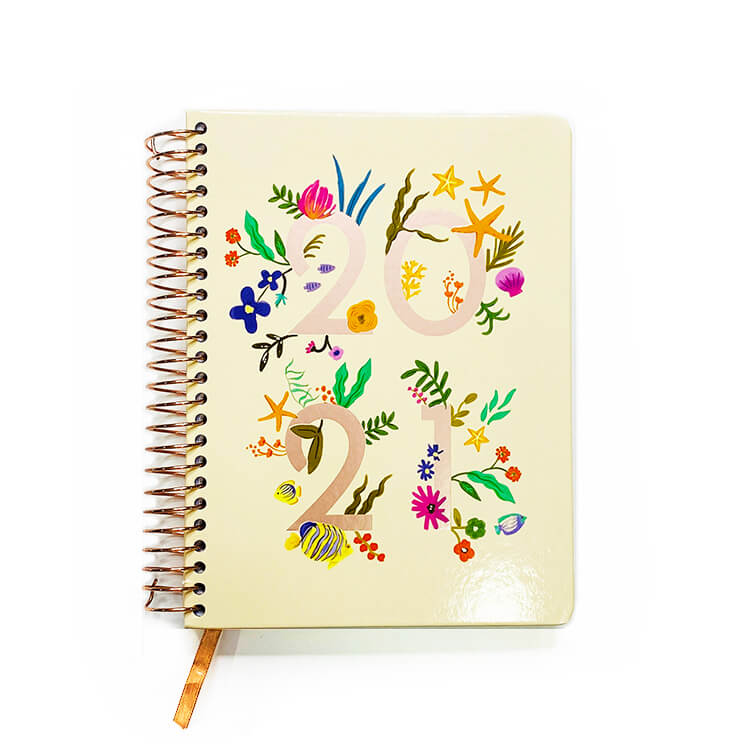

 Tel
Tel
 Email
Email
 Address
Address







